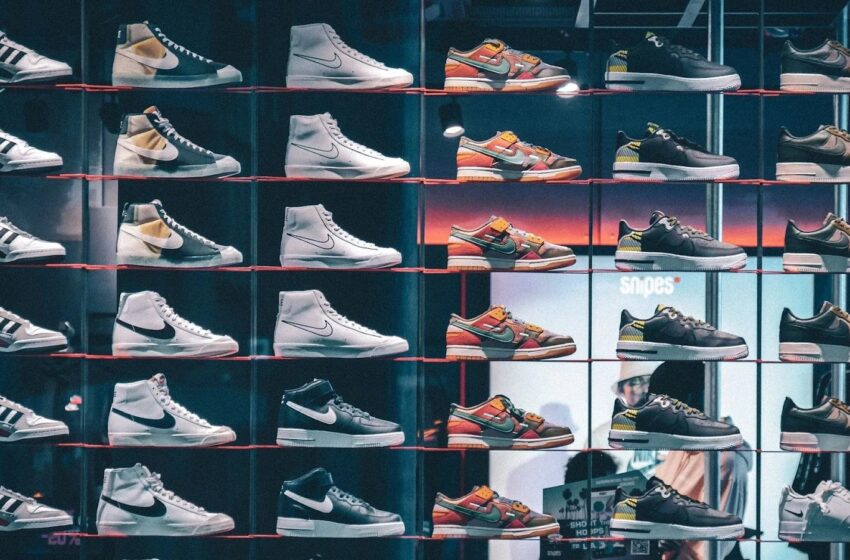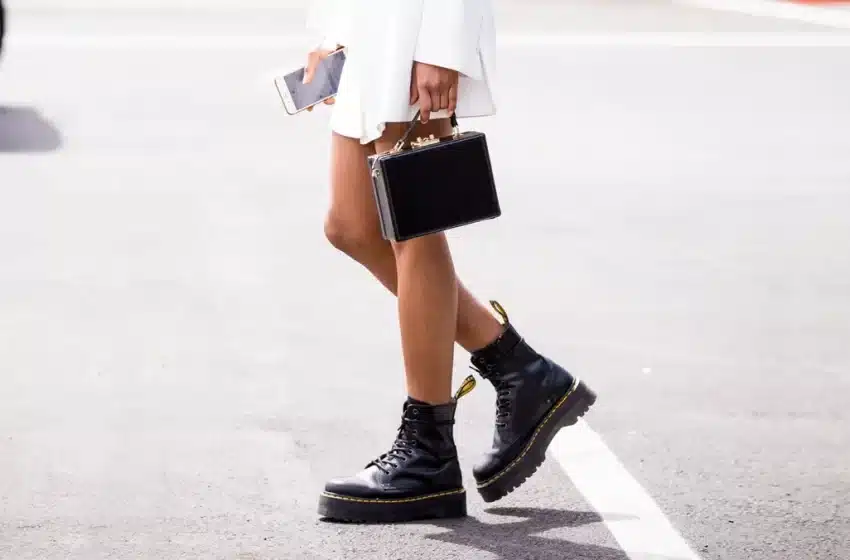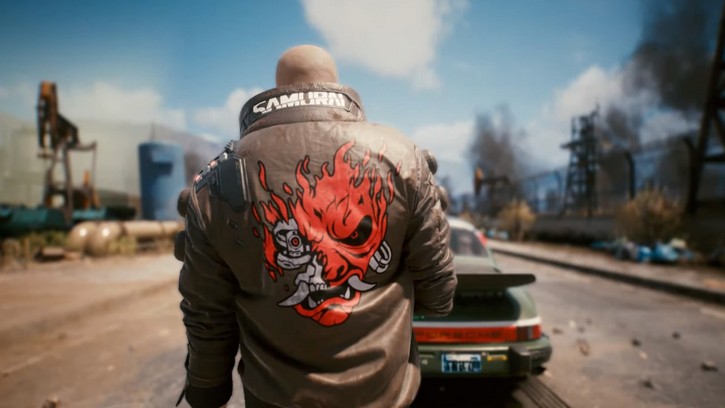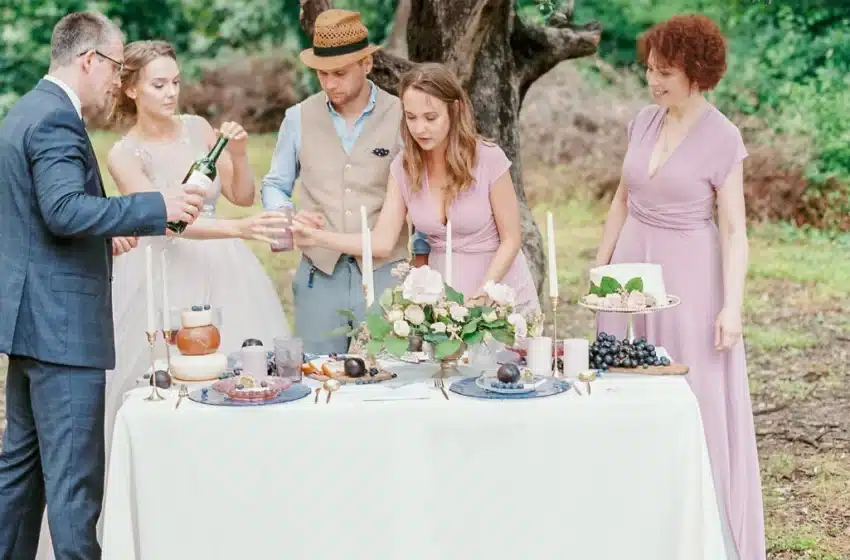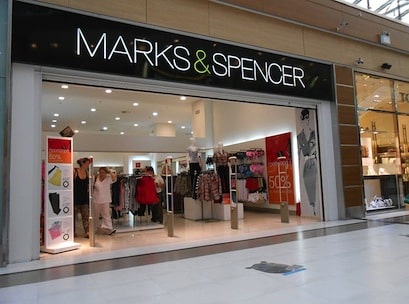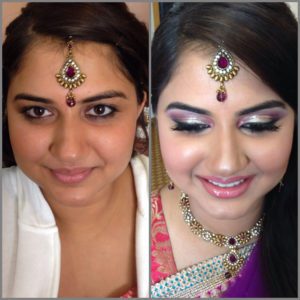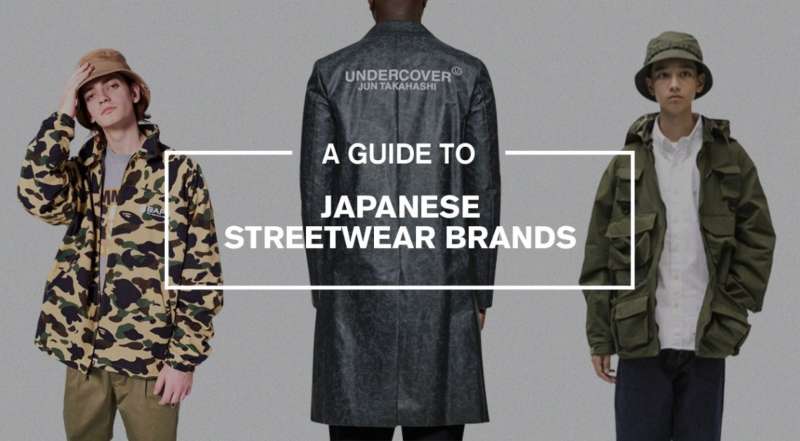
Streetwear fever ran wild in the early 90s and Japan was no exception to the craze. While many popular brands such as Supreme were really taking off stateside amongst surfers and skaters, streetwear was also taking flight across Japan and other major regions around the world, but of course in their own way.
In Japan, the start of the streetwear scene was hardly a noticeable shift for most people in the beginning. First born on the streets of Tokyo, the Japanese fashion scene got its start in a small four-square block area located between the districts of Harajuku and Aoyama, Japan’s capital and most populated city. If you’re at all familiar with the streetwear scene, then you are familiar with the Urahara area short for Ura-Harajuku which translates to “the hidden Harajuku”. It is in the small four-square block area that many Japanese designer clothes came to be.
But Ura-Harajuku did not remain “hidden” for very long. As the ’90s raged on, the creatives found their way to Ura-Harajuku. Soon, fashion enthusiasts, designers, and critics were flooding this little area to observe its innovation, creativity, and even outlandish outfits that were being produced both by designers and consumers alike. Now, the world turns its attention to this tiny spot in Tokyo as the leading influencers of the streetwear fashion scene.
What made this district especially unique in the early days was that it was lined with unknown and quite often unnamed clothing shops – many being almost completely out of sight to the shopping public. One of the first flagship stores in Urahara was called NOWHERE, which truly lived up to its name. The store NOWHERE was located in a place that was very difficult to find, and many walked right past it in attempts to find it.
Fortunately, thanks to its founders Jun “Jonio” Takahashi and Tomoaki Nagao or better known as “Nigo”, the Japanese street scene caught momentum due to the popularity of the store. The two ended up splitting the store in half later on, with one half serving as a trendy new graphic t-shirt shop. What they didn’t know was that this t-shirt shop was the start of one of the most popular and sought-after streetwear names in the United States, Japan, and all around the world.
The t-shirt shop was the beginning of A Bathing Ape (BAPE), and many argue that it was this streetwear brand in particular that put the Urahara district on the map. In no time, Urahara witnessed new and creative streetwear brands and designers popping up all around it. Soon brands such as NEIGHBORHOOD, Wacko Maria, and even UNDERCOVER were rising up and leaving their own mark on the fashion district.
This boom in popularity created a ripple effect of everlasting styles and fashion statements for Japan. This forward fashion helped to create their own unique flavor and individuality that the Japanese people loved. While they may have tailored many of their looks with inspirations from the UK and American fashion, it didn’t take long for the Japanese fashion culture to create its own aesthetic to set it apart from the rest.
By 1996, Urahara was set in stone as a mosaic of different lifestyles, fashion experts, and pop culture – all uniquely Japanese. Thanks to its widespread popularity, Urahara became the hot spot for Japanese streetwear and holds this reputation even today. But that didn’t stop the fashion fever from spreading to other urban areas. Soon, more flamboyant styles, heavy colors, and gothic looks were taking over the surrounding cities. From crazy bright patterns to adorable pastels, outlandish outfits were deliberately defying cultural norms spreading a message of anti-conformism across the country.
While many versions of streetwear took flight, varying in origin and style, they all shared one thing in common – DIY fashion. From ripped jeans, hand-dyed fabrics, and even sewing multiple pieces together, the Japanese streetwear scene was determined to make their look unique. But by the end of the decade, a new defining factor changed the direction of street fashion in Japan: Supreme.
A popular streetwear store stateside, Supreme decided to land a store in Daikanyama in 1998. From there, the rest is history. Soon, Japan would brag about having the most Supreme stores of any other country, with six different stores spanning across the nation. Every store location was sold out during each drop, and it was thanks to this success and high demand for a skater-oriented lifestyle that led to the success of other streetwear brands like Stussy and HUF.
It wasn’t until the early 2000’s that the Japanese streetwear scene found its way to a bigger audience giving it the credit and attention it deserved. Now, many new designers are finding hope on the streets of Urahara as they launch new trends. Thanks to this movement in Japanese fashion, inspiration was born. Now, developing new garments means taking the best of different kinds of backgrounds and putting your own spin on it as a unique form of self-expression.

